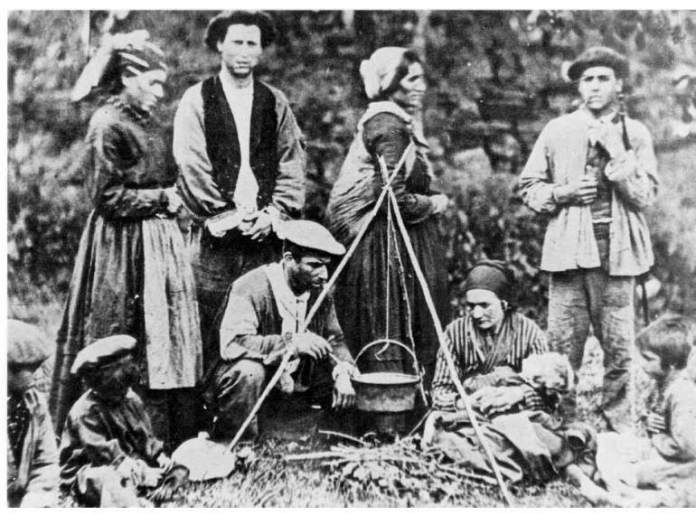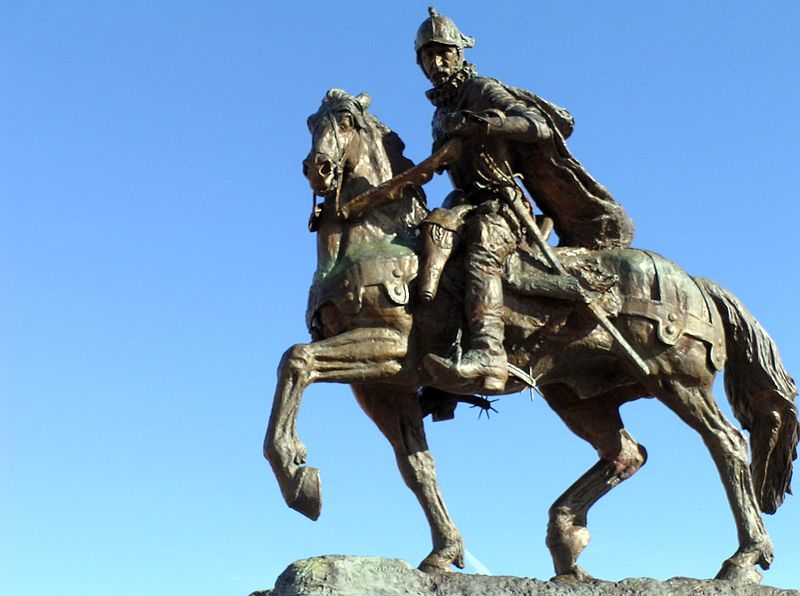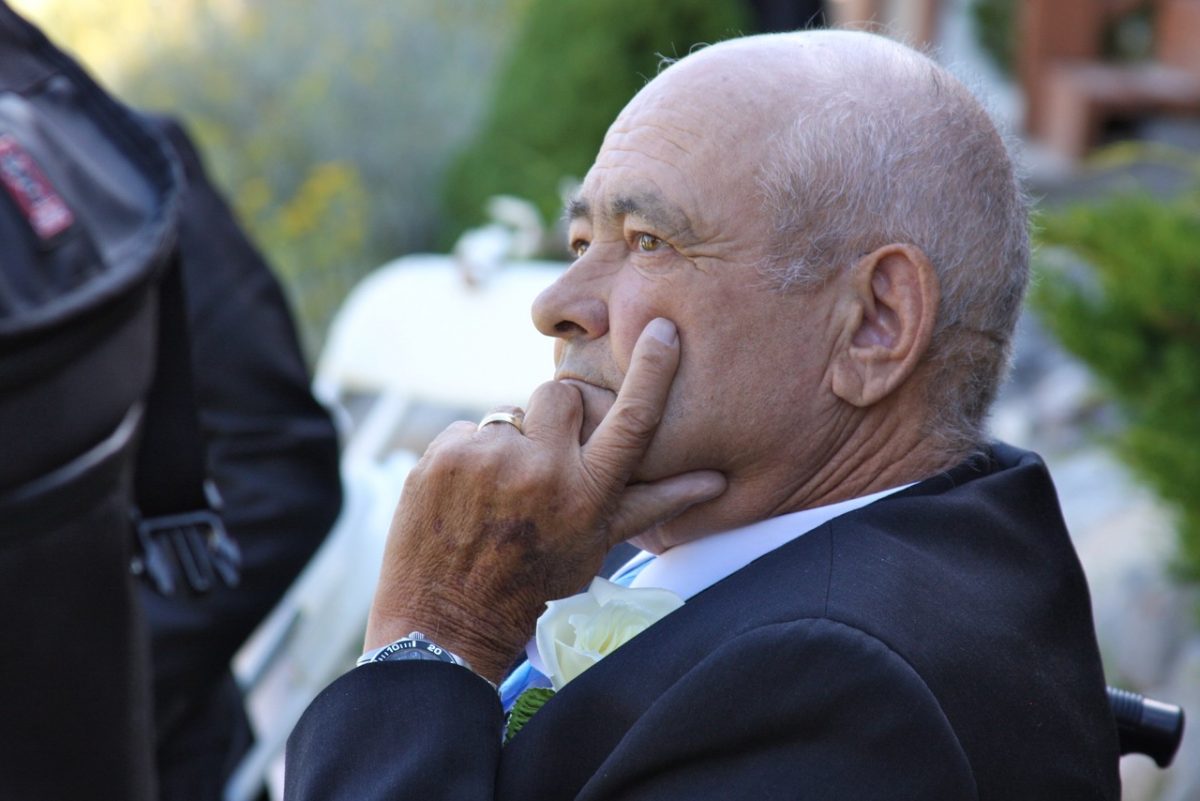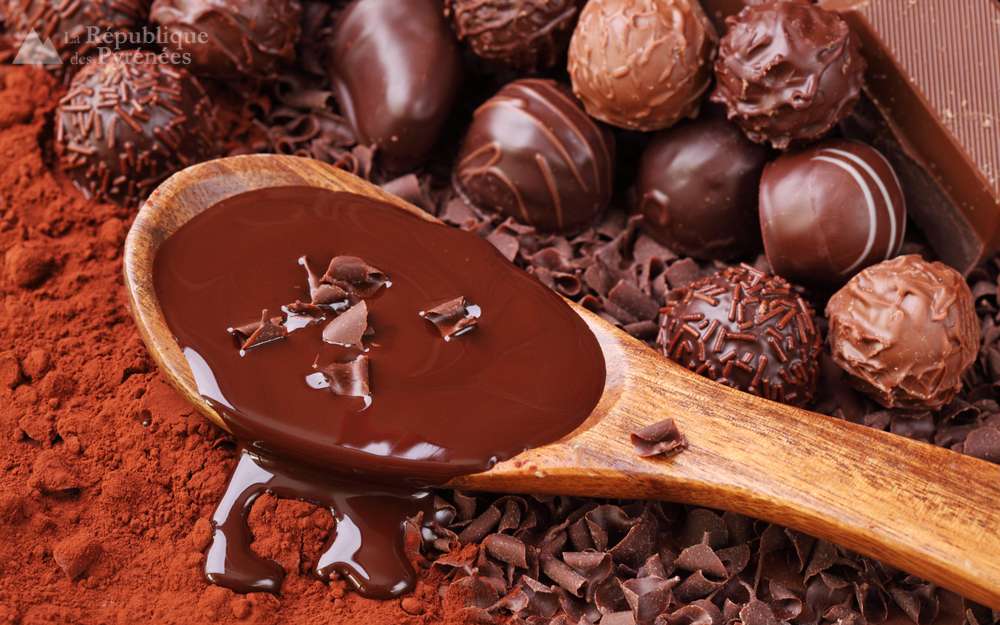Being part of Europe, the Basque Country naturally has flora and fauna similar to other parts of Europe. For example, as far as I can tell, there are no species of frogs unique to the Basque Country. However, just like the people themselves, the ruggedness and relative isolation of the mountainous region (along with some help from their human friends) has given rise to a few animals that are special to the Basque Country. Here are just a few; for a more complete list, see this Wikipedia article.

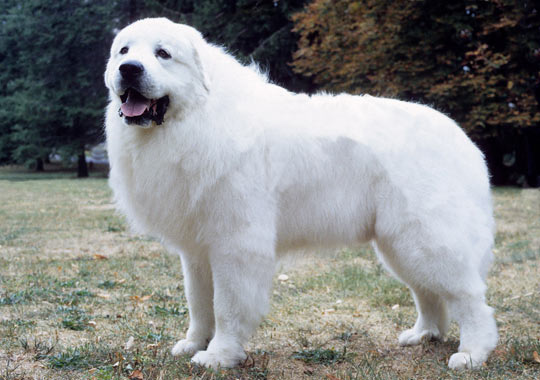
- The Pottok is a semi-feral breed of pony that has lived in the Pyrenees mountains for thousands of years. There are two varieties of these ponies, a mountain and a plains Pottok. There are roughly 5,500 of purebred Pottok remaining. Their coloring and familiarity with mountains made them ideal for smugglers moving goods across the French-Spanish border. The Basque Mountain Horse is another equine that is indigenous to the Basque Country.
- The Basque Shepherd Dog is, as the name indicates, a breed of dog used by shepherds in the Basque Country to herd their sheep and cattle. In Basque, the dog is called euskal artzain txakurra. There are two types of Basque shepherd dog, the smooth-haired Gorbeiakoa and the rough-haired Iletsua. There is evidence, from skeletal remains in caves, that the Basques have had sheepdogs for about 12,000 years.
- Maybe the most recognized Basque breed is the Great Pyrenees, this dog is used as a guardian for livestock, as it can be very aggressive with any predators that threaten its flock. It was bred centuries ago specifically to aid in shepherds and herding dogs in caring for their flocks. It has a thick double coat that protects it from the weather. While aggressive with predators, it is known for its gentle nature around young and defenseless animals and children.
- The Basques are known for cheese, and thus it might be no surprise that there is a variety of sheep, the Latxa, native to the Basque Country that is used to make maybe the most famous Basque cheese, Idiazabal. Their name refers to the long, rough wool that covers their bodies. Since 1982, special breeding plans have been put in place to prolong the breeding season.
- The Euskal Oiloa, or Basque Chicken, is another breed native to the Basque Country. It differs from other Spanish chickens by its yellow feet, red earlobes, and brown eggs. There are five varieties of this chicken, ranging in color from black to red to white. Basques preferred the brown eggs of their chickens to the white eggs of Leghorns. However, brown-egged hybrids came on the scene, the Basque Chicken lost its hold on the Basque consumer.





